Cuckoo wasp
Cuckoo wasps, also known as emerald wasps or jewel wasps, are a fascinating group of insects belonging to the family Chrysididae. These strikingly beautiful wasps are named after their behavior, which resembles that of cuckoo birds—they lay their eggs in the nests of other insects, where their larvae develop at the expense of the host’s offspring.
🐝 Cuckoo Wasp – Overview
Cuckoo wasps, from the family Chrysididae, are among the most visually stunning insects, known for their metallic blue, green, or purple iridescence and their parasitic lifestyle. These wasps are often called “jewel wasps” due to their dazzling colors.
🔍 Identification
| Feature | Description |
|---|---|
| Size | Typically 3–15 mm (varies by species) |
| Color | Metallic green, blue, purple, or bronze (structural coloration) |
| Body | Compact with a deeply sculpted exoskeleton |
| Wings | Transparent to smoky, often held flat over the body |
| Movement | Fast-flying, often seen exploring wood, walls, or insect nests |
The exoskeleton is extremely hard, helping protect them from host attacks.
🧬 Name & Behavior
- Called “cuckoo” wasps because, like cuckoo birds, they lay their eggs in the nests of other insects.
- Larvae consume the host’s eggs, larvae, or food stores — a behavior known as kleptoparasitism or parasitism.
- Common hosts include:
- Solitary bees (e.g., mason bees, leafcutter bees)
- Solitary wasps (e.g., potter wasps, digger wasps)
🧠 Interesting Adaptations
- Defense: Can curl into a tight ball (thanatosis) when threatened, using their tough exoskeleton to protect themselves.
- No sting: Most species cannot sting; they rely on stealth and armor for survival.
- Host-finding: Females locate nests using smell and vibration, often inspecting wood or soil surfaces.
🌿 Habitat & Range
- Found worldwide, especially in sunny, dry habitats like:
- Sandy banks
- Dead wood
- Garden walls
- Heathland
- Common in Europe, North America, and Australia.
In the UK, species like Chrysis ignita are widespread and often seen around wooden structures or bee hotels.
♻️ Life Cycle
- Adult female lays an egg in or near the host nest.
- Cuckoo wasp larva hatches and consumes the host egg/larva or food store.
- Develops into an adult, often overwintering in the cocoon or as a pupa.
📸 Fun Fact
The colors of cuckoo wasps come from nanostructures in their exoskeleton that reflect light — not pigments. This structural coloration makes them sparkle like living jewels in the sun.
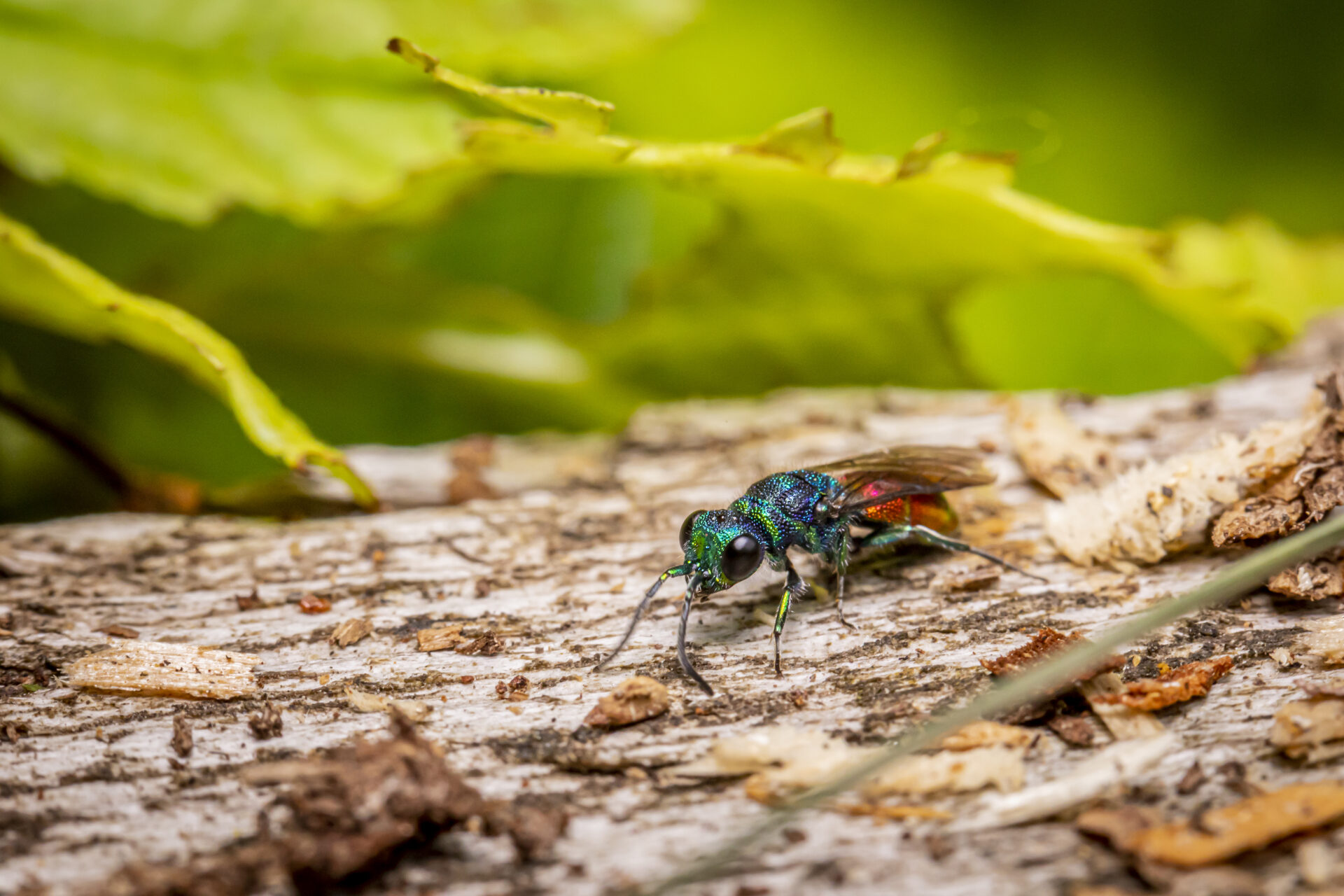
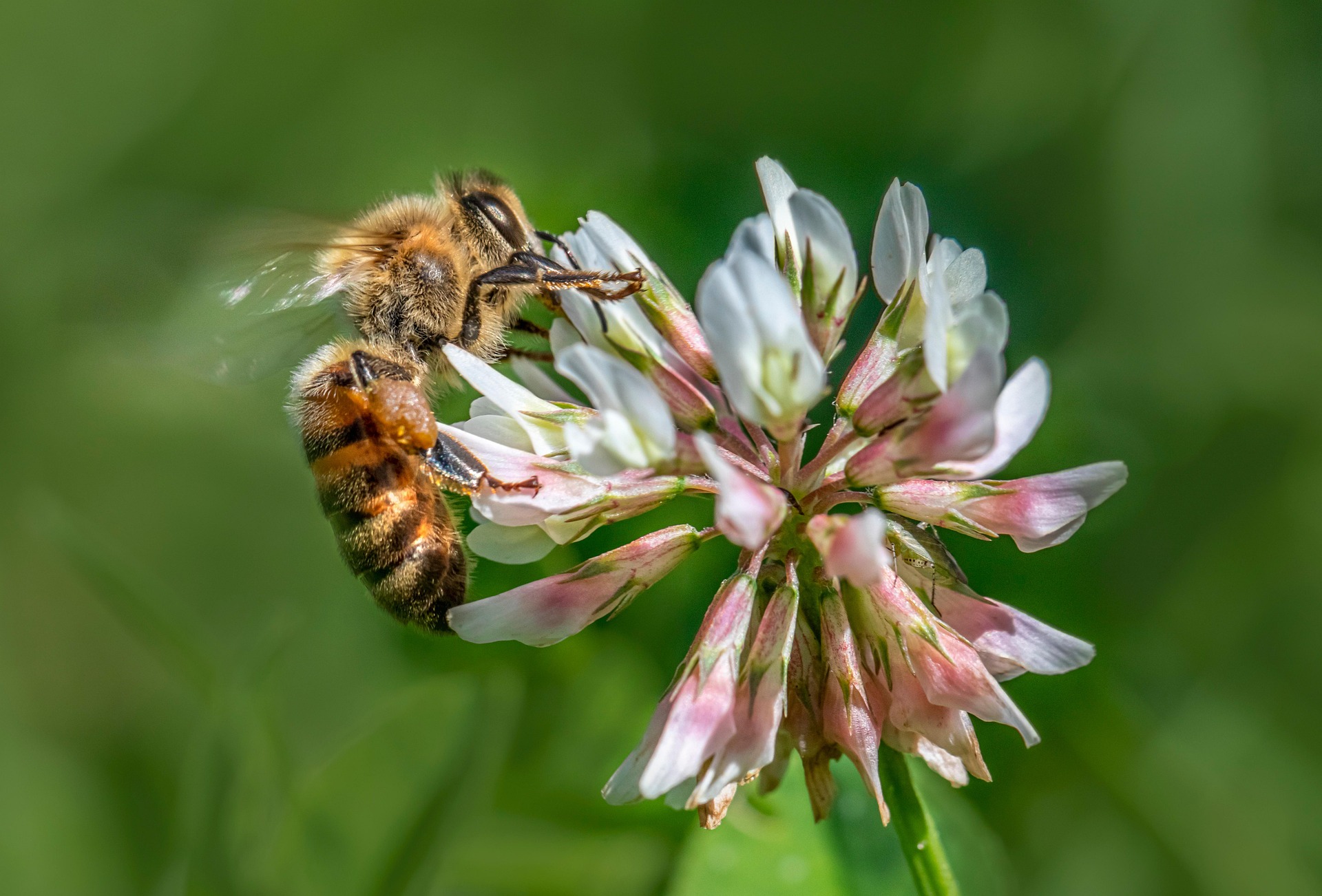
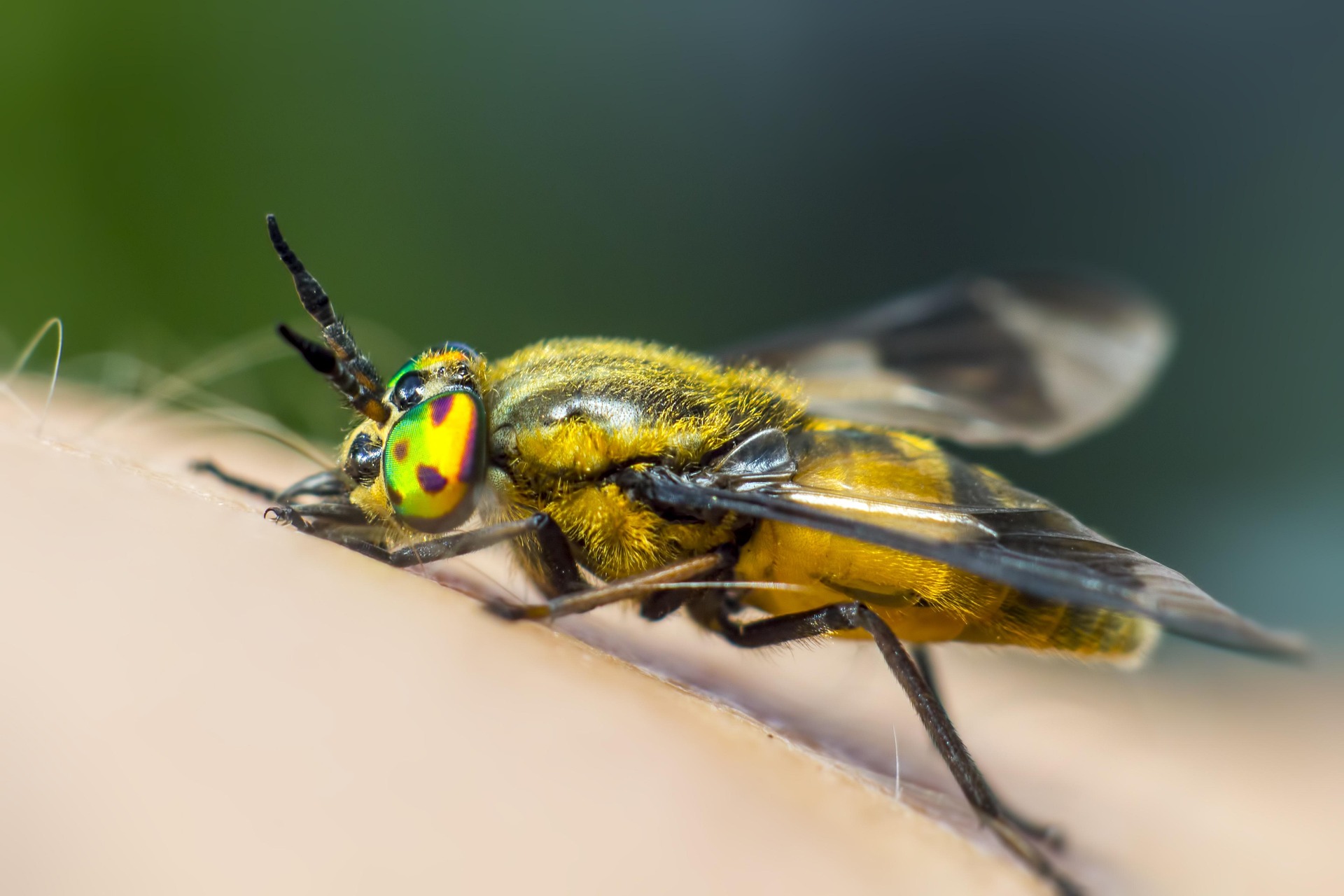
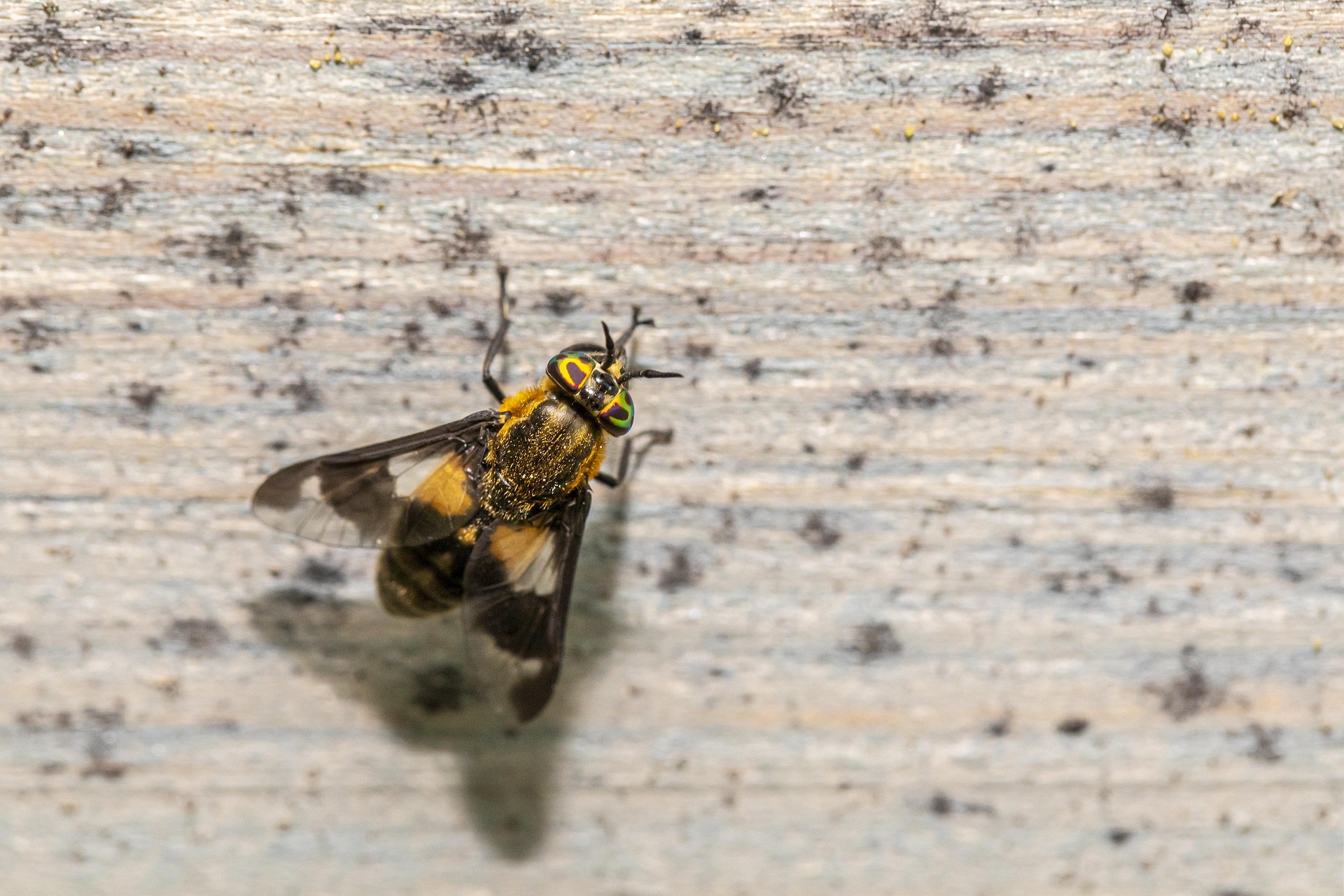
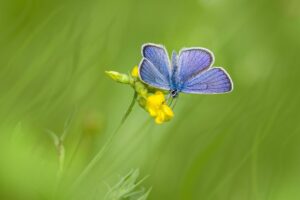
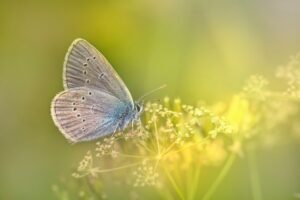
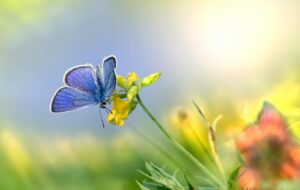
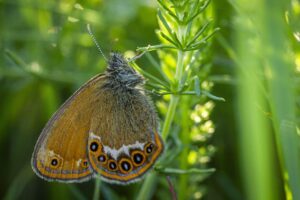
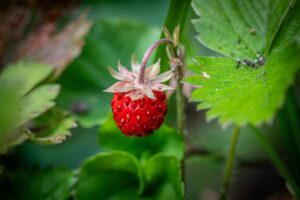
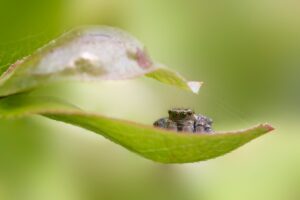
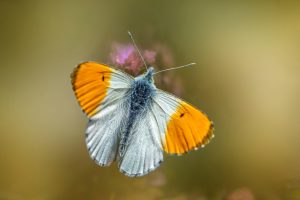
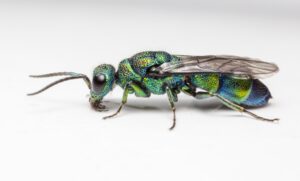
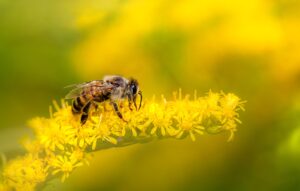
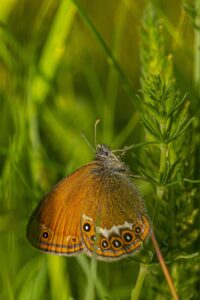
Post Comment